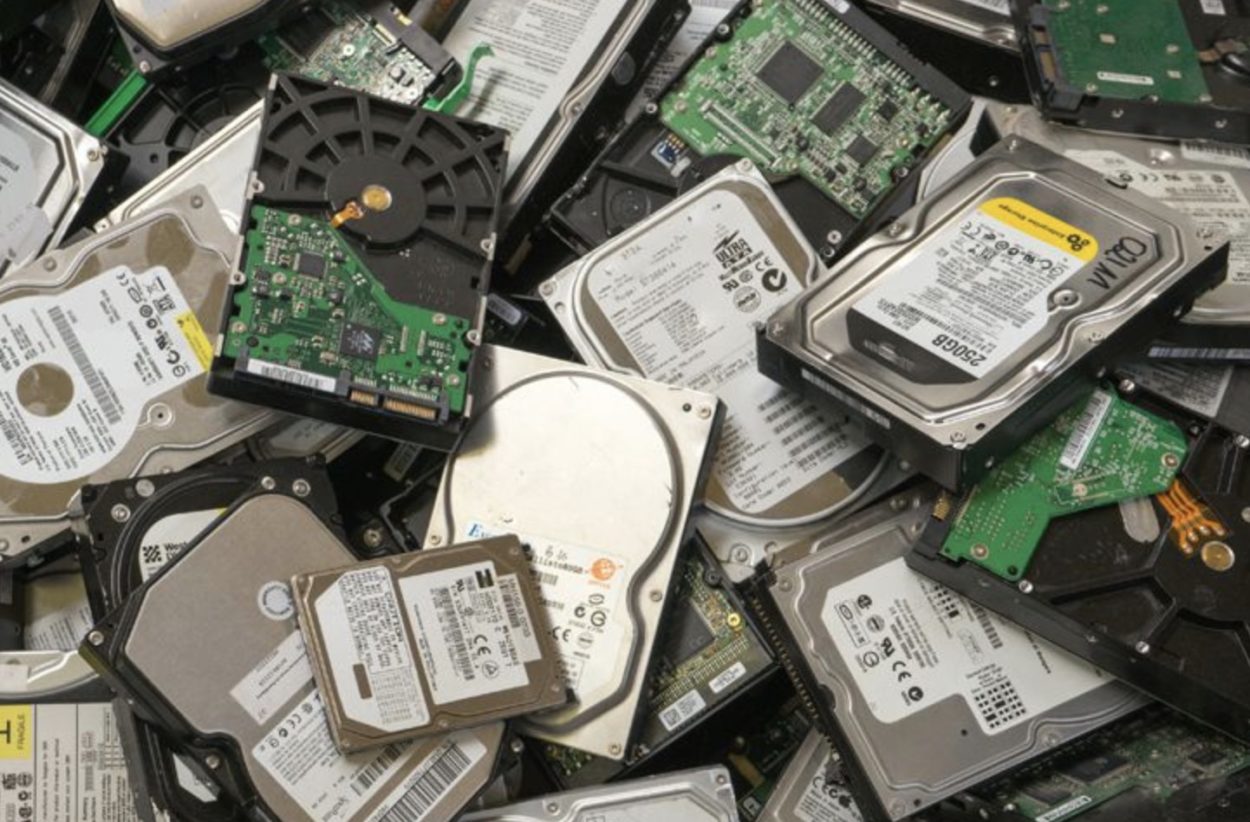Data loss can strike like a lightning bolt, leaving you stunned and scrambling to reclaim precious memories, vital work documents, or irreplaceable personal files. In the digital age, losing data can feel like losing a part of yourself. Don’t despair! Data recovery services offer a glimmer of hope, but with numerous options on the market, how do you choose the top-rated data recovery service for your needs?
This guide will equip you with the knowledge to navigate the data recovery landscape and make an informed decision. We’ll explore key factors to consider, evaluate popular services, and unpack the often-opaque pricing structures.
Understanding Your Needs:
Before diving into comparisons, understand the nature of your data loss. Was it accidental deletion, hardware failure, malware attack, or natural disaster? Different scenarios require different expertise and equipment. Consider the type of device affected (hard drive, SSD, mobile phone, etc.) and the size and criticality of the data involved.
Key Factors to Evaluate:
- Success Rates: This is paramount. Look for companies with consistently high success rates, ideally backed by independent verification.
- Expertise: What types of data loss and devices do they specialize in? Are they equipped for complex scenarios like RAID recovery or flash memory recovery?
- Transparency: Do they clearly explain their diagnostic processes, potential recovery options, and pricing structures? Be wary of hidden fees or unrealistic guarantees.
- Security: Data privacy is crucial. Verify their security certifications and data handling procedures.
- Customer Service: Look for responsive and knowledgeable customer service representatives who can guide you through the process and address your concerns.
- Turnaround Time: How quickly do they need your device and how long will it take to recover your data? Urgency can affect service cost, so be upfront about your timeline.
- Cost: Data recovery can be expensive, but transparency is key. Compare pricing structures, including diagnostic fees, data recovery charges, and additional costs like cleanroom recovery for physically damaged devices. Some companies offer “no data, no charge” policies, which can be a safety net.
Top Contenders:
Here’s a snapshot of some well-regarded data recovery services, but remember, your choice should depend on your specific needs and budget:
- DriveSavers: Renowned for their long history (since 1985) and expertise in complex recoveries. Offers free shipping and a “no recovery, no charge” guarantee.
- CBL Data Recovery: Known for their fast turnaround times and expertise in emergency data recovery situations.
- Ontrack: A global leader with a proven track record and high success rates. Offers a wide range of recovery services for various devices and scenarios.
- SalvageData: Boasts a 96.7% success rate and offers free diagnostics and 24/7 support. They also have a “no data, no charge” policy.
- Stellar Data Recovery: A popular choice for DIY recoveries with their user-friendly software. They also offer professional data recovery services at competitive rates.
Navigating Pricing:
Data recovery costs vary widely depending on several factors:
- Complexity of the case: Simple software recoveries will be less expensive than physically damaged drives requiring cleanroom procedures.
- Urgency: Faster turnaround times often come with higher costs.
- Data size: Recovering larger amounts of data usually costs more.
- Type of device: Recovering data from specialized devices like RAID systems or mobile phones can be more expensive.
Free Diagnostics:
Many reputable services offer free diagnostics, allowing you to understand the potential for recovery and receive a cost estimate before committing. Consider this crucial step before sending your device.
DIY vs. Professional Recovery:
While DIY software can sometimes recover simple data losses, complex scenarios are best left to professionals. They have specialized tools, expertise, and cleanroom facilities to maximize data recovery chances. Remember, attempting DIY recovery on a damaged device can further jeopardize your data.
Choosing the Right Service:
Don’t rely solely on rankings or testimonials. Research thoroughly, consider your specific needs, and compare services based on the factors mentioned above. Contact customer service to gauge their responsiveness and expertise. Remember, the “best” service is the one that best fits your unique situation and offers the highest chance of recovering your precious data.
A Final Note:
Data loss can be stressful, but don’t panic. By understanding your needs, evaluating services carefully, and choosing the right provider, you significantly increase your chances of a successful data recovery. Remember, the sooner you act, the better the chances of retrieving your valuable information.




